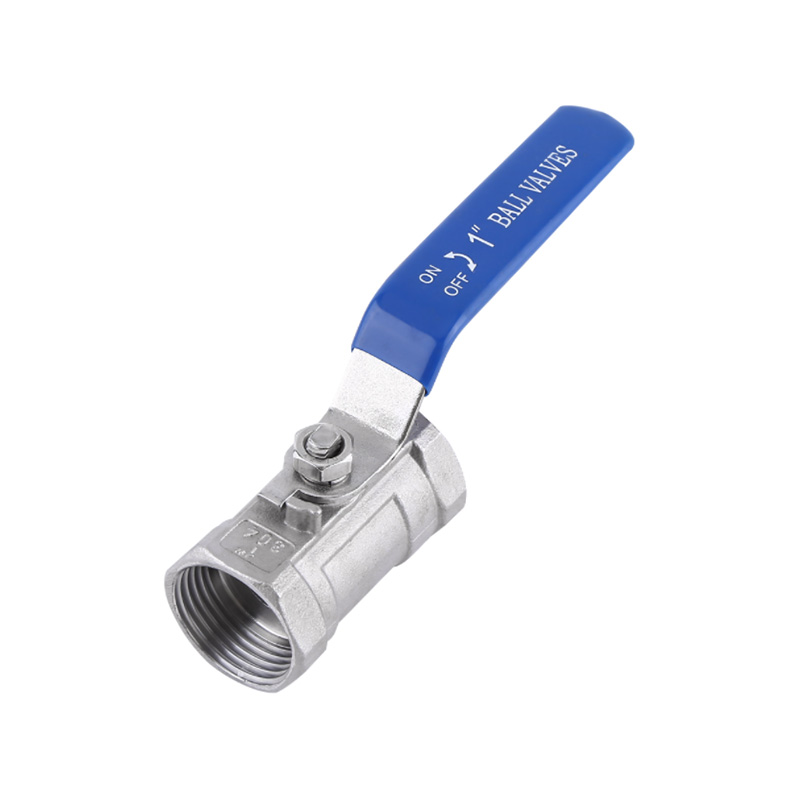Thread Rod vs. Thread Bar: Understanding the Differences
When it comes to construction and engineering projects, precision and reliability are paramount. Every component plays a crucial role in ensuring the structural integrity and safety of the finished product. Two commonly used components in construction and engineering are thread rods and thread bars. While they may seem similar at first glance, there are important differences between the two that can significantly impact their applications and performance.
Understanding Thread Rods
Thread rods, also known as threaded rods or stud bolts, are long, straight metal rods with continuous threading along their entire length. These rods are typically manufactured from materials such as steel, stainless steel, or brass, and are available in various diameters and thread sizes to accommodate different applications.
Thread rods are commonly used in construction, manufacturing, and maintenance projects for fastening purposes. They provide a versatile solution for creating temporary or permanent connections between components, such as securing structural elements, anchoring machinery, or hanging pipes and electrical fixtures.
One of the key characteristics of thread rods is their threaded ends, which allow nuts and washers to be easily attached for secure fastening. This feature enables adjustable connections, making thread rods suitable for applications where precise length adjustments are required.
Exploring Thread Bars
Thread bars on the other hand, are similar to thread rods in appearance but differ in their construction and intended use. Unlike thread rods, which have continuous threading along their entire length, thread bars have only a portion of their length threaded, with the remaining portion left unthreaded.
Thread bars are typically manufactured from high-strength materials such as carbon steel or alloy steel and are commonly used in applications requiring high tensile strength and resistance to corrosion. They are often used in structural reinforcement, concrete anchoring, and soil stabilization projects, where they provide reliable support and load-bearing capacity.
One of the primary advantages of thread rebar is their ability to be cut to custom lengths on-site, allowing for flexibility and adaptability in various construction scenarios. This feature makes thread bars particularly suitable for projects where standard-length fasteners may not suffice or where precise length requirements exist.
Key Differences and Applications
While both thread rods and thread bars serve similar purposes in construction and engineering, their differences lie primarily in their construction and intended applications. Here's a summary of the key differences between the two:
Related links:What is a modular vice?
Where are CNC milling machines used?
The Ultimate Guide to Drill Chuck Thread Size
Unlock Top Tips for Perfect CNC Milling Finishes
Ultimate Guide to Aluminum Prototype Manufacturing Process
Maximize Product Performance with Low Pressure Overmolding
Carbon Fiber Telescopic Pole: The Ultimate Lightweight and Sturdy Solution
Construction: Thread rods have continuous threading along their entire length, while thread bars have only a portion of their length threaded.
Applications: Thread rods are commonly used for general-purpose fastening and anchoring applications, where adjustable connections are required. Thread bars, on the other hand, are preferred for projects requiring high tensile strength, load-bearing capacity, and custom length requirements.
Choosing the Right Option
When selecting between thread rods and thread bars for your project, it's essential to consider the specific requirements and performance characteristics needed. Here are some factors to consider:
Strength Requirements: Assess the load-bearing capacity and tensile strength requirements of your application to determine whether a thread rod or thread bar is better suited.
Corrosion Resistance: Consider the environmental conditions and exposure to elements to ensure the chosen component offers adequate corrosion resistance for long-term durability.
Length Adjustability: Determine whether adjustable connections or custom-length fasteners are needed for your project, as this will influence the choice between thread rods and thread bars.
By carefully evaluating these factors and understanding the differences between thread rods and thread bars, you can make an informed decision that meets the specific needs of your construction or engineering project.
Conclusion
In conclusion, while thread rods and thread bars may appear similar at first glance, they serve distinct purposes and offer unique advantages in construction and engineering applications. Whether you require adjustable connections for general-purpose fastening or high-strength, custom-length fasteners for structural reinforcement, choosing the right option is crucial for ensuring the success and safety of your project.
By understanding the differences between thread rods and thread bars and considering factors such as strength requirements, corrosion resistance, and length adjustability, you can confidently select the appropriate component that meets your specific needs and specifications.
Related links:Benefits of Flexible Metal Conduit for Water Protection
Comparing different types of door knobsets: Tubular vs. cylindrical
Roller Contact Bearing: The Backbone of Mechanical Efficiency
Benefits of Using a High Pressure Washer Nozzle
8 Different Types of Water Valves Used in Home Plumbing
Everything you need to know about Single Roller for Door
Maximizing Your Space with Aluminum Window and Door Accessories
224
0
0
Related Articles
-
297
0
0
-
288
0
0
-
278
0
0
-
285
0
0
-
266
0
0
-
243
0
0
-
232
0
0
-
253
0
0










Comments
All Comments (0)